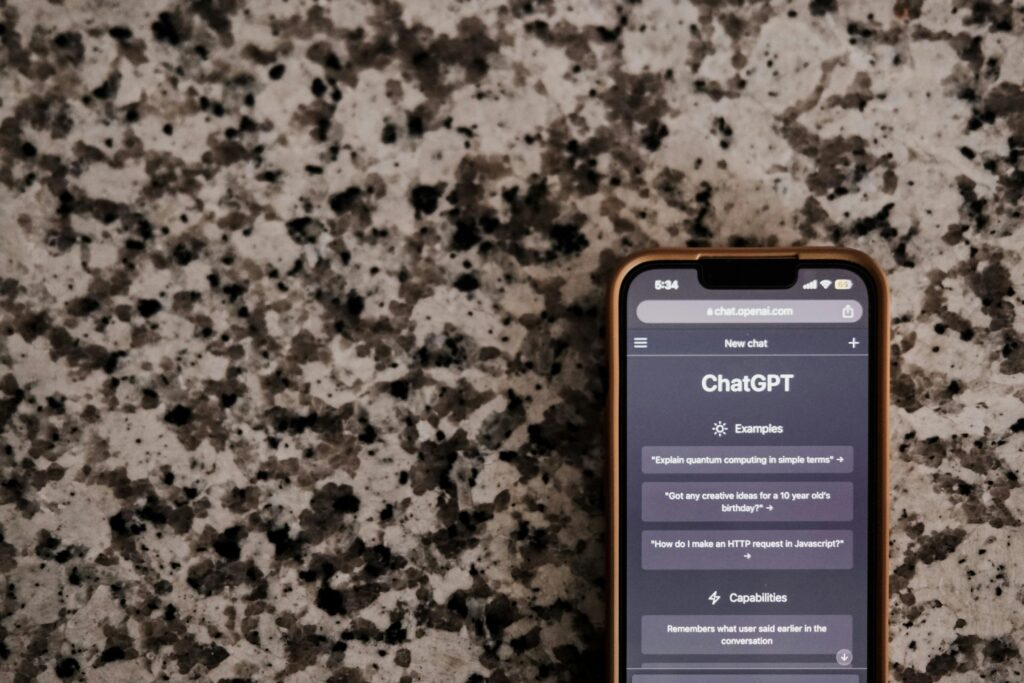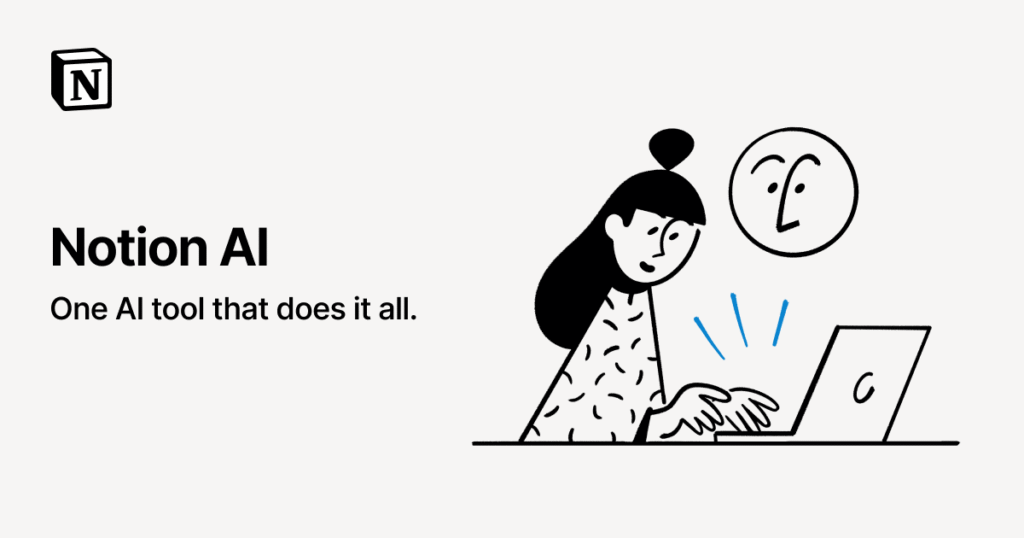Introduction
Ai tools for students and teachers in Education is changing quickly, moving far beyond what many expected just ten years ago. Online classes and recorded lectures have already made learning more accessible. Now, technology is involved in almost every part of education. Teachers use digital tools to create interesting lessons, keep track of student progress, and give more personalized support. Students are no longer limited to the classroom. With laptops, tablets, or smartphones, they can join classes, find resources, and connect with others from almost anywhere. Even as technology keeps moving forward, the main goal stays the same: making sure education meets each learner’s needs so everyone has a chance to succeed.
Modern technology is much more than just robots or computers it’s a set of powerful tools that are quietly reshaping the classroom experience. In today’s schools, digital resources support students with writing assignments, assist teachers in organizing lesson plans, and provide real-time insights into student performance. These advancements mean students receive the help they need right when they need it, whether it’s extra practice on a tough concept or immediate feedback on a writing assignment. Teachers, in turn, can devote more time to creative instruction and meaningful interactions with their students. Ultimately, technology is making learning environments more equitable and adaptable, helping to ensure that every student regardless of background or ability has a fair chance to succeed.
In the following sections, we’ll take a deep dive into the most effective AI tools available for both students and teachers. We’ll look at real-world examples of how these technologies are being used in classrooms, examine the ways they’re transforming traditional teaching and learning, and discuss how they’re paving the way for a new era in education.

1. The Rise of AI in Modern Classrooms
AI has quietly become a valuable companion at every stage of learning. With the right digital tools:
- Teachers can prepare lesson plans in a fraction of the time it once took.
- Students are able to access personalized support any time they need it, day or night.
- Administrators can analyze data to help schools run more effectively.
- According to UNESCO, integrating technology into education could boost learning efficiency by up to 30% and reduce administrative tasks by 40% by 2030.
AI makes use of data, observing how students learn and then adapting lessons, pacing, and feedback to better suit each individual.
2. Why AI Matters for Students and Teachers
For Students:
- Tailored learning: Lessons adjust to match your pace and understanding.
- On-demand support: Digital helpers and writing tools are available whenever you need them.
- Increased motivation: Interactive learning games and activities make studying more enjoyable.
For Teachers:
- Efficient automation: Routine grading and paperwork are handled quickly with digital solutions.
- Insightful data: Instantly identify students who need extra help.
- Creative inspiration: Access suggestions for quizzes, presentations, and classroom activities.
In short: AI isn’t here to replace teachers or students—it’s designed to enhance and support their strengths.

Top AI Tools for Students (2025 Edition)
1. ChatGPT (by OpenAI)
Ideal for: Clear explanations, writing support, and encouraging creative thinking.
ChatGPT has rapidly emerged as a popular digital assistant among students everywhere. It can help you:
- Summarize complex topics in simple language.
- Generate essay outlines or brainstorm ideas.
- Get explanations for math, science, or history questions.
- Practice interviews or language conversation.
Example prompt: “Explain Newton’s laws of motion in easy words with real-life examples.”
Why it’s helpful: Using ChatGPT is like having a supportive tutor who always has time for your questions.

2. Grammarly
Ideal for: Crafting essays, assignments, and reports.
Grammarly’s writing assistant checks spelling, grammar, and clarity, while also recommending stronger word choices.
- Identifies tone and level of formality.
- Provides helpful suggestions for academic writing.
- Supports ESL students in writing with greater confidence.
Grammarly Premium also reviews for plagiarism and citation mistakes, making it especially valuable for college students.
Why it’s helpful: It builds your writing skills over time—instead of just catching errors, it helps you grow as a writer.

3. NotionAI
Best for Note-taking, planning, and productivity.
Students can use Notion AI to:
- Quickly condense and organize class notes.
- Transform to-do lists into effective study schedules.
- Generate ideas for research or outline projects with ease.
It serves as a notebook, calendar, and personal assistant in one tool.

4. Microsoft Immersive Reader
Microsoft Immersive Reader is a free interactive reading tAI ool that uses AI to help students build their reading, comprehension, and grammar skills. While it was first created to support students with dyslexia and dysgraphia, anyone who wants to make reading on their device easier can use it. Thanks to Microsoft’s partnership with OpenAI, new AI features are added regularly, such as connecting with Reading Coach, Microsoft’s AI reading tutor.
Key Features
- Text-to-Speech: Immersive Reader reads text aloud, enabling users to follow the content and enhance comprehension. Voice speed and voice options are adjustable.
- Grammar Tools: This tool highlights parts of speech like nouns, verbs, and adjectives to help you understand sentence structure and grammar.
- Translation and language: support are provided by Immersive Reader, which is capable of translating text into multiple languages in real time. This functionality is particularly beneficial for language learners.
- Syllable Breakdown: Immersive Reader separates words into syllables to facilitate pronunciation of unfamiliar or complex vocabulary.
5. Twee
Twee is an AI tool that helps English teachers plan lessons more easily. It can create questions, dialogues, stories, letters, articles, multiple-choice questions, true/false statements, and more.
To begin using Twee, teachers should visit twee.com and create an account. After logging in, select a tool to generate resources, such as a matching exercise. Enter the required information to produce the content and then select the option to generate the material.
6. Quillbot
QuillBot is an AI writing tool that helps users paraphrase, summarize, and improve their writing, along with handling other tasks. QuillBot offers tools for paraphrasing, summarizing, and checking grammar, making it a handy all-in-one writing assistant. Its AI suggestions help users write more efficiently and clearly.
QuillBot is mainly used to paraphrase text, which makes it helpful for students rewriting essays, professionals editing business reports, and content creators who want to make their writing clearer. Its summarizer lets users turn long articles or research papers into key points, and the grammar checker helps keep writing polished.